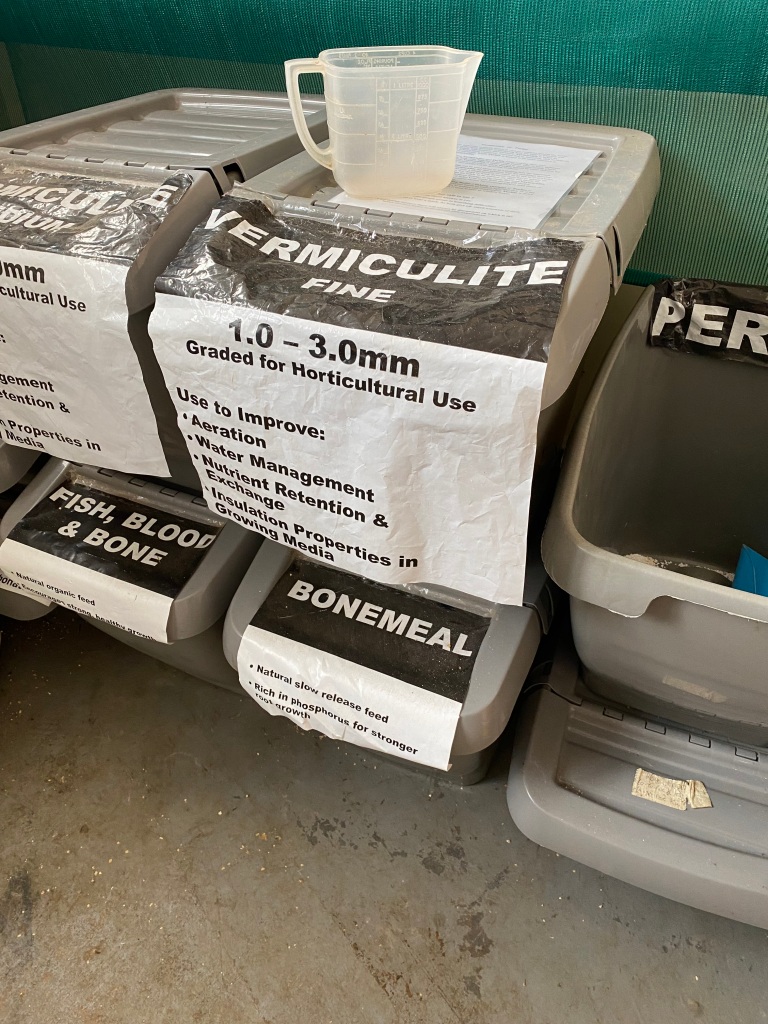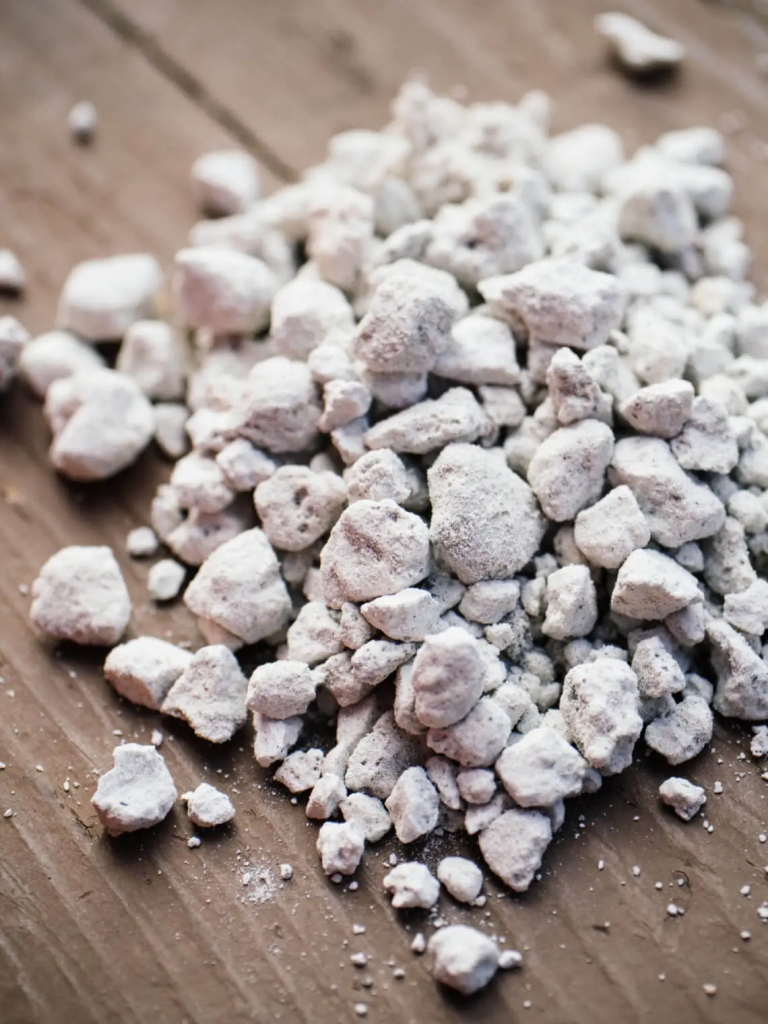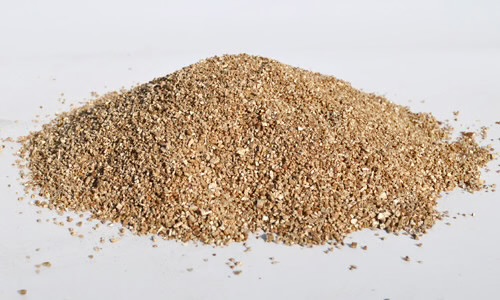Life on The Weald - and other distractions
March 2024
1 March
My hopes for a cool dry March seemed to be dashed on day one as we saw a continuation of the recent heavy rain. "March comes in like a lion...." well it certainly has, with very strong winds.
There was some good news at home. Several of last year's peppers had survived indoors and the Cheyenne had flowered and fruited!
 |
1 March - Cheyenne
The first chilli of 2024 |
In the unheated loft room, the potatoes were chitting nicely.
 |
| 1 March |
2 - 4 MarchFriday was another indoor day! I sowed some Marmande and Yellow Perfection tomatoes in trays indoors and on Saturday I sowed some Kalettes, purple sprouting broccoli, red Drumhead cabbage and some Sungold tomatoes.
Sunday and Monday were clear sunny days so I spent some time on the plot, although Saturday was cut short due to a granddaughter's 18th birthday!
I managed to clear the potato patch of clumps of grass and sundry weeds. Despite having had a layer of manure last season, the ground was very waterlogged, The weeds could be pulled out easily and the tufts of grass with a little help froma handfork without disturbing the soil too much but unfortunately the raspberries had begun to invade and needed to be dug out and they were firmly rooted in the sodden clay that lay a few inches beneath the surface. I dug up a couple of rasperries that had been engulfed with couch grass, which I removed and replanted the canes.
I removed the fleece from the onion sets planted last month as they had rooted firmly and were beginning to show green growth. The autumn planted garlic was doing well.
 |
| 3 March - onions |
 |
| 3 March - garlic |
 |
| 3 March - garlic |
It was amazing how much bindweed I manages to remove from around the raspberry canes!
.jpg) |
| 4 March - the dreaded bindweed |
7 March
I am in the process of cutting back the shrubs in my front garden and the shredder is proving its worth. I am using some of the chippings to restore the path on the allotment.
 |
| 7 March - reestoring the main footpath |
Last year, I allowed the bind weed to take over the redcurrants and sadly many of the stems rooted. I spent a whole morning on my knees removing the bindweed roots. I have also lifted one of the three redcurrant bushes as the bed was overcrowded and now have to find somewhere to replant it.
 |
| 7 March - weeding the redcurrants |
 |
| 7 March - bindweed roots |
At home the pale pink camellia was in full flower and the other one in bud. We are having the front paved and as soon as flowering has finished, I will be moving the plants. As they are acid loving, they need to be in ericacious soil and I think they may do better in large pots or planters.
 |
| 7 March - Camellia |
Indoors, my first tomato seed (Marmande) had germinated and there were signs that the brassicas had too.
 |
| 7 March - a tomato seed sprouting (Marmande) |
 |
| 7 March - first sign of brassica seedlings |
8 March
What a difference a day makes! The purple sprouting broccoli and kalettes were now in evidence and the Marmande tomatoes had progressed since yesterday.
 |
| 8 March - purple sprouting broccoli |
 |
| 8 March - Kalettes |
 |
| 8 March - Tomato Marmande |
9 MarchWhilst the kalettes and broccoli for 2024/25 were just sprouting we were harvesting the previous season's crop.
 |
| 9 March - kalettes |
I had taken home all the prunings from the plum trees and apple that Luke and Sylvi had cut back and spent an afternoon with the shredder
Another wet Sunday! I stayed at home and sowed some boltardy beetroot and silver and rainbow chard in trays at home.
11-12 March
Monday was another wet, dank day with all day drizzle and a maximum temperature of 10C. Tuesday saw heavy - and I mean heavy - rain all day so I stayed indoors and sowed some spinach, chervil and landcress. I also planted some spring onions in modules - i had cut off the root base from spring onions we had in the fridge and planted them to see if they would grow again (see them 2 weeks later below). I had read a tip on the internet :
"Cut the spring onions about two to three centimetres from the root. Use up the stems in whatever you are cooking, then simply plant the root pieces in a pot with potting mix. The roots should go into the soil with a little bit of the stem still visible above the soil. Water regularly and let it grow. Once they are fully grown you can snip at the base as you need them. Keep the roots in the soil and they will continue to regrow about four more times before you will need to start the process again. You can also let one of the spring onions continue to grow, flower and produce seeds."
13 March
At home the tomatoes were doing well.
 |
| 13 March - tomatoes |
The Duke of York potatoes had been chitting and I thought ready to be planted.
 |
| 13 March - Red Duke of York potatoes |
I planted my first two half-rows (ten potatoes each)
 |
| 13 March - Red Duke of York |
I picked a good supply of rhubarb.
 |
| 13 March - rhubarb |
At home, we had made a start on our last remaining Butternut Squash and decided on a butternut squash and sage risotto
 |
| butternut squash risotto in the making |
 |
| butternut risotto with broccoli and deep fried sage leaves |
15 MarchSome fresh wood chippings had been delivered to the allotment, which I desperately needed to finish my footpath and to fill in between beds. I managed to get some but with all the heavy rain we had been having, I nearly got stuck in the mud collecting it.
 |
| 15 March - the flooded haulageway |
16-17 March Saturday started off fine and I went down to the port to buy some fish. It was a glorious sunny morning with virtually no breeze and the harbour was like a mill pond.
.jpg) |
16 March - Portslade Harbour
|
I managed a short spell on the plot, removing couch grass and other weeds from the footpath and, where it was not too bad, just spread the newly acquired wood chips. The new stuff was mainly pine - I suspect some Leylandii that someone had got rid of - the colour and smell was quite different from the plum/apple chippings that I had laid earlier.
 |
| 16 March - contrasting chippings |
 |
| 16 March - two-tone footpath progresses |
It was welcome to have a dry spell - but it was not to last and it soon turned into another very wet weekend!
18 March
It was a damp Monday morning with continuous mizzle but brightened up in the afternoon. The herb garden that I had planted in the old wheelbarrow last year had survived the winter well. The thyme, tarragon and winter savory were looking healthy and the grapefruit and pineapple mint were just beginning to surface.
The wheelbarrow was also serving to keep the front panel of the shed upright but has to be moved to open the door each time.
.jpg) |
| 18 March - wheelbarrow herb garden |
.jpg) |
| 18 March - wheelbarrow herb garden |
The following day was wet and damp with drizzle all day.
20 - 21 March
Wednesday 20 March was a glorious spring day - the hottest day of the year so far, but one where I was in London all day! Thursday was a very misty morning - no rain but the atmosphere felt very damp.
.jpg) |
| 21 March - Looking east from 247 |
.jpg) |
| 21 March - Looking west from 247 |
I carried on with the path renewal, this time laying some cardboard before spreading wood chips.
 |
| 21 March - the path progresses |
.jpg) |
| 21 March - woodchip on cardboard |
I thought I had removed all the raspberry invaders from the raised beds but discovered one coming up among the recently planted shallots. I managed to get it out with a trowel but suspect there are runners much deeper and that more shoots will emerge.
.jpg) |
| 21 March - a raspberry invades the shallots |
As if I did not have enough seeds already, I bought some more - Crimson flowering broad beans and Mangetout (Norli) peas, and sowed a double row of each. After a useful morning I picked some more purple sprouting broccoli and headed home.
22-24 March
Friday was another wet day. Saturday was initially forecast to be dry with bright periods, but a later forecast suggested rain by 11am, so I made an early morning visit and planted a row of Charlotte second early potatoes before the rain came down. The ground was very wet. I dug a shallow channel to plant the potatoes and then half-filled it with some dry, bought compost before planting the potatoes and covering with soil. I will gradually earth them up as shoots appear.
 |
| 23 March - first row of Charlotte potatoes |
The onions don't seem to mind the wet weather!
 |
| 23 March - Stuttgart and Rumba onions |
 |
| 23 March - Red baron onions |
At home, the spring onions that I had planted in egg boxes on 12 March had rooted and were putting on growth and would probably need potting up or even planting out soon.
 |
| 23 March - 11 days growth - spring onions |
24-25 MarchSunday was sunny but with a bit of a chilly wind, so we harvested some spinach and broccoli but didn't stay long. One of my fellow plot-holders, Helen, was getting rid of an aluminium cold frame (which needs some re-glazing) and between us we carried it to our plot. Thank you Helen.
.jpg) |
| 24 March - our newly acquired cold frame |
Monday was also sunny and we spent some time on the plot. Sylvi continued to prune and cut-back some of the plum trees, some of which will be removed soon and I managed to plant another row of First Early Charlotte potatoes.
 |
| 24 March - second row of Charlotte potatoes |
I also found a place to plant our spare red-currant bush. Now that we had cut back the apple tree there was a convenient space nearby. I thought it would be a realtively simple task but alas the area around the apple tree was full of bindweed and brambles and removing these was quite a laborious - and unfinished - task.
There was some good news at home. The Zimbabwe black chilli plant that I had brought indoors last October is beginning to flower!
 |
| 23 March - The 2023 Zimbabwe black chilli blossoms |
26 MarchRain was forecast but we managed to spend some time in the garden in the morning cutting back trees and shrubs and then chipping the branches for woodchip for the allotment. As we are putting in parking space at the front soon, I will need to move some of the plants. The pink Paeoni came up fairly easily, although split in the process. They were just beginning to produce shoots and advice on dividing and or replanting Paeonies suggests this should be done in the autumn when the stems have died back and the plant is dormant. Unfortunately I didn't have a choice, it was either move them or lose them. I have divided and repotted them in 5 pots, hoping that at least one will survive but I have been advised that moving them at the wrong time might mean losing a flowering season.
I also transferred the Hellebores from the front garden to the back.
27-28 March
On Wednesday, there was a brief break in the rain and Sylvi continued to cut back the fuchsia tree and shrubs in the front and I was able to do some more shredding.
On Thursday I transported three box loads of wood chippings to the allotment before the rain came down again and during a brief half hour respite from the rain in the afternoon, Luke helped Sylvi move our numerous pots and planters from the front garden to the rear and helped dig up some of the shrubs we want to keep including the Camellias.
29 March Good Friday
Sylvi had cut off most of the branches which I had shredded and we were now waiting for some help from Luke and the chainsaw to remove the rest.
 |
| 29 March - remains of the Fuchsia tree |
On the plot, I managed to re-plant the redcurrant bush with some added compost.
 |
| 29 March - redcurrant transplanted |
I then surrounded it with a layer of cardboard topped with a mulch of wood chippings/
 |
| 29 March - redcurrant ready for mulching |
With the rest of the wood chippings I continued the path.
 |
| 29 March - the path progresses |
 |
29 March - the path progresses
|
The Red Duke of York early potatoes planted just over two weeks earlier, on 13 March were now showing through.
 |
| 29 March - Red Duke of York potato |
30 March
March certainly came in like a lion and today it looked likely that it would go out as a lamb, as Saturday was a bright, sunny spring-like day.
.jpg) |
| 30 March - a sunny spring day |
There are no frosts forecast, but just to be safe, I began to earth up the potatoes by raking a light covering of soil over the exposed leaves.
31 March
The brief sunny spell was not to last though and the month ended, as it began - as a lion - with heavy rain and gusting wind. Definitely a day for staying indoors. A good day for baking! I baked a single rise, "no knead" loaf using the Dutch Oven method
.jpg) |
| 31 March - A satisfying "no knead" loaf |
John Austin
Hove, March 2024
















.jpg)








.jpg)






.jpg)
.jpg)
.jpg)
.jpg)
.jpg)

.jpg)

.jpg)





.jpg)
.jpg)









.JPG)





.jpg)
.jpg)





